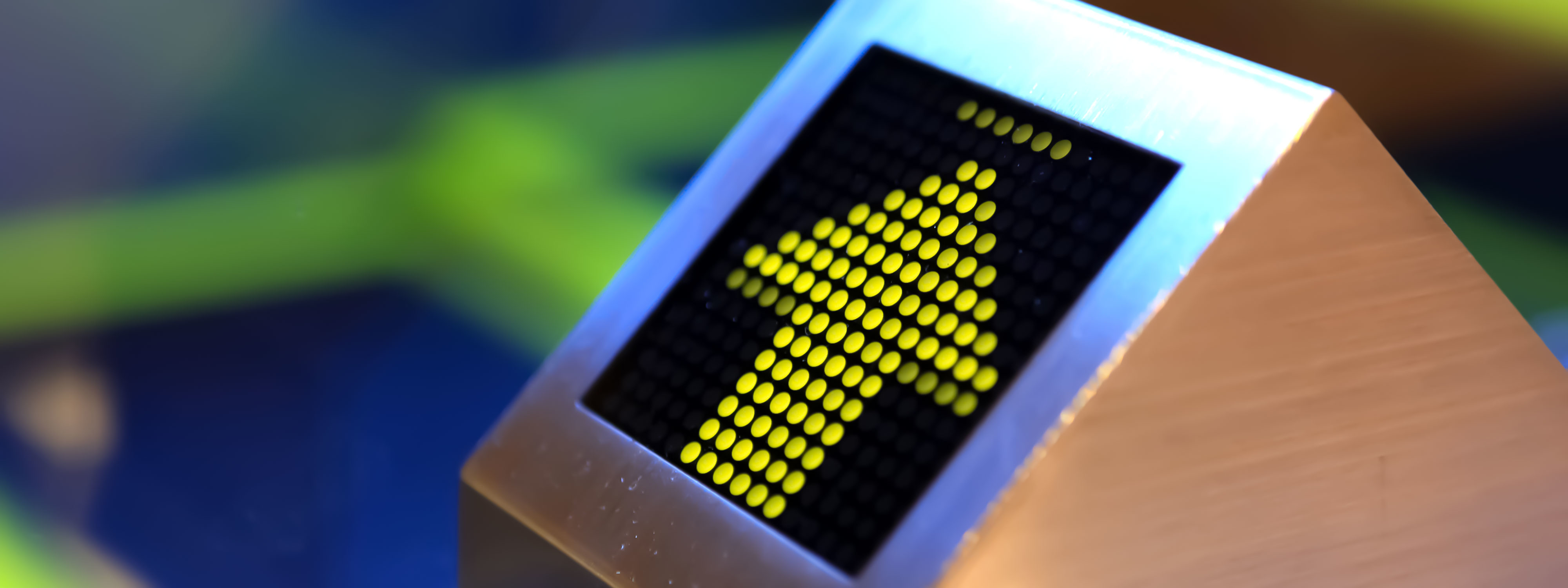
On 9 June 2021, the European Commission (EC) published a Preliminary Report setting out the initial findings of its sector inquiry into the consumer Internet of Things ("IoT"). The consumer IoT sector encompasses services, devices and technologies that support the interaction of consumers with connected devices, which collect and exchange data over the internet.
The timing of the sector inquiry is critical. Apart from possibly leading to the future opening of competition investigations of individual companies, as was the case with other EC sector inquiries, it may also inform the ongoing legislative debate on the EC's proposal for the Digital Markets Act and thus influence ex ante regulation.
Coverage
The EC reviewed information from more than 200 different stakeholders active in the consumer IoT sector, including:
- manufacturers of smart home and wearable devices;
- providers of voice assistants and consumer IoT services; and
- standard-setting and industry organisations of relevance to consumer IoT.
The products and services covered included:
- voice assistants;
- smart home appliances such as fridges and washing machines, smart home entertainment products such as smart TVs and smart speakers, smart comfort and lighting systems for living spaces and smart security devices;
- wearable wearable devices such as smart watches and fitness trackers, as well as ear-worn devices, head-mounted displays and wearable cameras; and
- consumer consumer IoT services such as creative content services, information and search services, health and fitness services, intermediation services (e.g., marketplaces, car-sharing services), and shopping services.
Main findings
Features of competition
According to the EC:
- The cost of the technology investment is a particularly important barrier to entry and/or expansion for voice assistants.
- It is unlikely that there will be new entrants for general-purpose voice assistants in the short term, given that the costs of developing and operating new general-purpose voice assistants are seen as "almost prohibitively high".
- The main obstacle to developing new products and services is the inability to compete with vertically integrated companies that have built their own ecosystems within and beyond the consumer IoT sector.
Potential EC concerns
Pre-installation, default-setting and prominence
- Practices regarding pre-installation, default-setting and prominent placement of consumer IoT services on smart devices or in relation to voice assistants can give a competitive advantage to the provider of a service that is pre-installed or set as default or is otherwise given a prominent placement.
- Services allegedly advantaged are often the proprietary services of the leading voice assistant provider, or those of large international creative content service providers, to the detriment of smaller and/or local players.
Exclusivity and tying in relation to voice assistants
- The EC refers to attempts by leading voice assistant providers to secure exclusivity of voice assistant presence on certain smart devices or, where dual assistant support is allowed, to prevent the concurrent use of the voice assistants, i.e., switching between voice assistants.
- Voice assistant providers are alleged to bundle different types of software, technology and applications, including voice assistants.
Data
- As a result of being at the centre of data collection, the leading voice assistant providers can allegedly (i) control the data flows and user relationships; and (ii) leverage into adjacent markets. Leading voice assistant providers can also more easily improve the quality of their voice assistant/voice recognition technology via algorithmic training and machine learning.
- Not having access to data can raise barriers for new entrants and hinder the development of smaller companies on the market.
- Due to the intermediation of the leading ecosystem providers, some providers do not have consistent and immediate access to relevant data on the use of their services and smart devices on third-party voice assistants and smart device operating systems.
Interoperability and standardisation
- Integration processes that enable interoperability among different components of an IoT ecosystem are largely driven by the leading providers of smart (mobile) device operating systems and voice assistants.
- The EC finds that such companies are able to independently determine the requirements to achieve interoperability with their proprietary technology through unilateral terms and conditions, technical requirements and certification processes. This may result in limiting the functionalities of third-party smart devices and consumer IoT services by imposing technical constraints, such as limited APIs.
- The complex standardisation landscape and the existence of proprietary technologies negatively impact the growth potential of consumer IoT segments, where a seamless consumer experience in the navigation through smart devices and applications is crucial. Major technology companies mostly take the lead and impose their technology solutions, either by standardisation or independent alliances. This inhibits the general willingness of smaller companies to invest in collaborative innovation.
Disintermediation
- There is a risk of loss of brand recognition as voice assistants and smart device operating system providers usually have the most direct relationship with users through their user interfaces.
- Some of the leading ecosystem providers require that their set-up and user on-boarding processes be followed when the user connects to smart devices or accesses consumer IoT services via their voice assistants and smart device operating systems.
- Several smart device manufacturers and consumer IoT service providers report difficulties with app store providers who allegedly block, remove or delay updates of their apps, and add that there is little or no communication about the reasons for such blockages or delays.
Next steps and timeline
|
Data |
Event |
|
16 July 2020 |
Launch of consumer IoT sector inquiry |
|
July 2020 – June 2021 |
EC gathers information from over 200 companies, including >1000 agreements |
|
9 June 2021 |
EC publishes Preliminary Report for public consultation |
|
1 September 2021 |
Deadline for comments on public consultation of Preliminary Report |
|
First half 2022 |
EC aims to publish Final Report |
White & Case means the international legal practice comprising White & Case LLP, a New York State registered limited liability partnership, White & Case LLP, a limited liability partnership incorporated under English law and all other affiliated partnerships, companies and entities.
This article is prepared for the general information of interested persons. It is not, and does not attempt to be, comprehensive in nature. Due to the general nature of its content, it should not be regarded as legal advice.
© 2021 White & Case LLP


